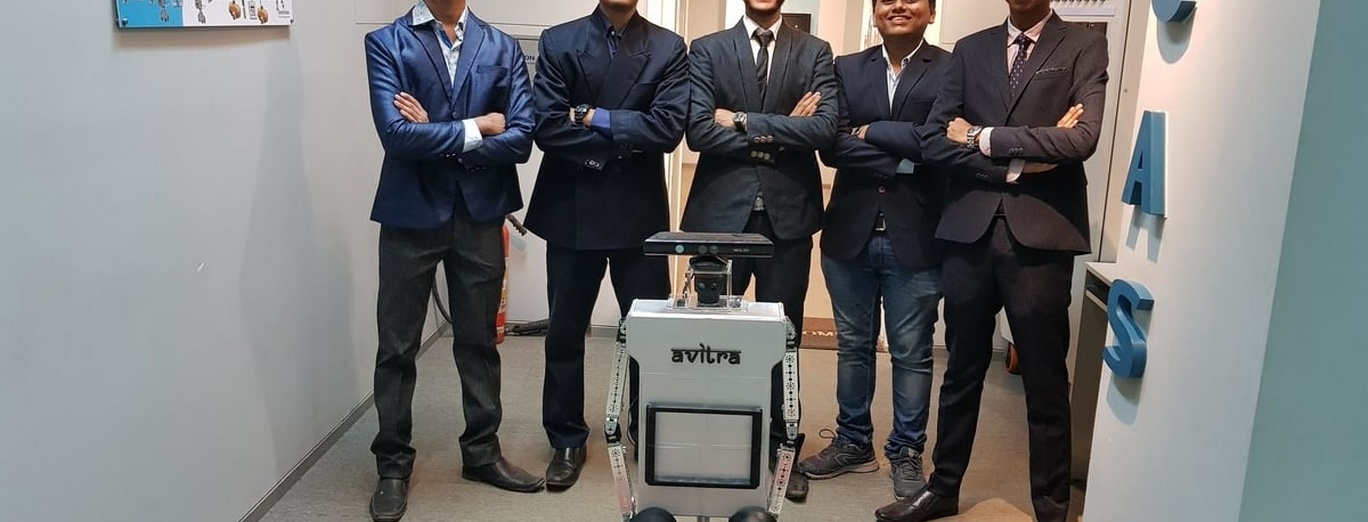The ups and downs of developing a hackathon project


Photo: team behind Avitra - Reconnaissance Robot, private archive
Hackathons are like a battlefield filled with keyboards instead of rifles and cannons. It’s up to you how you use your weapon. Sometimes you will get ahead of the competition, other times you’re going to stay behind, and the constant battle will be in full force all the way to the end. Every minute counts, no matter if you’re developing a hackathon project for an on-site, or online challenge.
Getting started
If you are a beginner you might not know exactly what to expect from a hackathon, so no matter if you plan on developing a project whose core is IoT, hardware hacking, or anything in between, some insight from more experienced ones will always come in handy.
All of the projects created by the finalists, as expected according to the challenge guidelines, were set out to solve problems of the whole humanity, be it education, security, or social services. That was to be expected, but the inspiration for their submissions are admirable. Creators of TITUS came up with an idea of an autonomous UAV after witnessing first-hand the damage that Californian wildfires have caused last fall. They realized that aiding firefighters, and, by extension, helping the people in the danger zones, is their mission to accomplish during the NVIDIA Jetson™ Developer Challenge. The team behind Avitra- Reconnaissance Robot created a humanoid robot to move around in the areas of disasters after being inspired by events in Fukushima Daiichi nuclear plant. Unmanned robots were deployed to clean up the nuclear debris, which sparked an idea for this team to take such an invention to the next level incorporating Artificial Intelligence to act as the bridge between the human and the machine. Sim-to-Real Autonomous Robotic Control was the winning project of the NVIDIA challenge. It’s aim was to enable robots to be trained in virtual environments, effectively preventing them from being exposed to risks connected with free roaming in the world. This cool concept was actually first of its kind, and as the works on its development continue it will save tons of hardware that would have otherwise been damaged in current ways of training. This part, that is coming up with the idea for a project, proved to be the easier aspect of the challenge.
Words from the finalists
The actual process of developing the projects by the finalists has one particularly common theme across all of them. Every team confessed that difficulties they’d faced were connected to either technicalities of their of ideas, or to time constraints of the challenge, as well as usual random road bumps.
Brad Larson, awarded 3rd place in the challenge said: “...the video production for our demonstration might have been the most difficult part of the process. It surely was one of the most time-consuming aspects because of the footage that needed to be gathered, edited together, and narrated.”
On the other hand, working with the Jetson™ platform proved to be the easiest part according to all of the finalists. Of course, this doesn’t mean everything was a breeze, but each and every time somebody seemed to have come up against a brick wall the rich documentation of the Jetson™ platform quickly saved the day.
Winners of 2nd place say: “The easiest part of the completion was using the NVIDIA Jetson platform. The great thing about Jetson is the surplus of documentation. Any problem that we had with the Jetson from an integration standpoint could be solved with a simple google search.”
Yu-Ming Chen, the grand winner of of the NVIDIA Jetson™ Developer Challenge is no exception in encountering issues: “Except for the unexpected issues occurred during the system integration, I think the most difficult part of the challenge is to improve the overall performance of our model. [...] Most of the time the unexpected performance are not explainable, requiring us to spend additional time in trial-and-errors."
Now is your time
As expected some roadbumps were encountered, things never really go perfectly. All of you, beginners or not, will have to face such problems too when taking part in a hackathon, which you obviously should! You will have to go forward despite all the possible difficulties, but that’s the reason those events are called challenges after all. Nothing in life worth having comes easy. Nothing in life worth having is not without a fight. That means your road to success will not be without hiccups, but once you get there you’ll realize it was all worth the efforts. So don’t wait any longer, pick an event for your hackathon project, and win that battle!